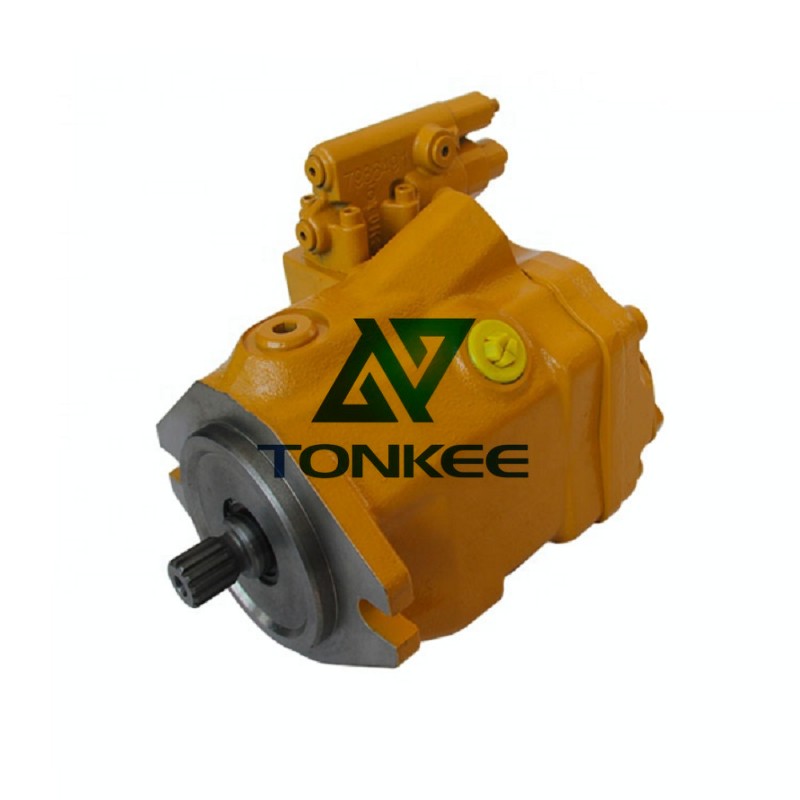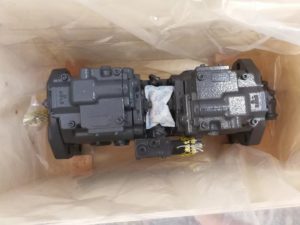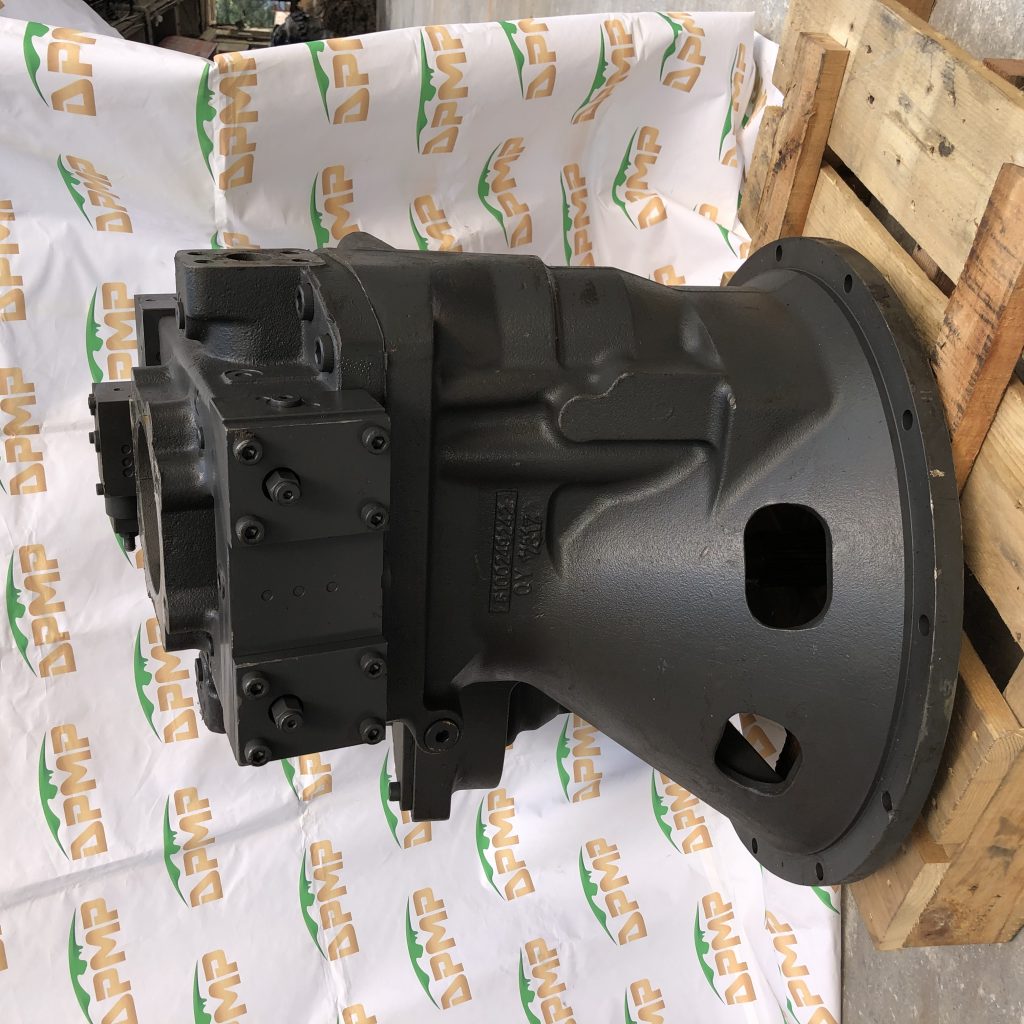
Piston: The piston is a cylindrical rod that moves back and forth within a cylinder.
It is responsible for creating the pressure needed to move the fluid.
Cylinder: The cylinder is a tube-like structure in which the piston moves. It plays a crucial role in maintaining a sealed chamber for fluid compression.
Inlet and Outlet Valves: Piston pumps typically have one-way inlet and outlet valves that ensure the fluid flows in one direction only.
Drive Mechanism: The piston is driven by a mechanism that converts rotary motion (usually from an electric motor or engine) into linear motion.
Working Principle:
The operation of a piston pump can be summarized in the following steps:
During the suction stroke, the piston moves away from the cylinder head, creating a low-pressure zone within the cylinder. This causes the inlet valve to open, allowing the fluid to enter the cylinder.
When the piston reverses direction and moves toward the cylinder head during the discharge stroke, the inlet valve closes, and the outlet valve opens. As the piston moves, it compresses the fluid, increasing its pressure.
The high-pressure fluid is then expelled through the outlet valve and into the discharge line, where it can be directed to the desired location.
Specifications:
Piston pumps come in various sizes and configurations to meet the specific requirements of different applications.
The specifications of a piston pump may include:
Flow Rate: The flow rate of a piston pump is the volume of fluid it can deliver per unit of time, typically measured in gallons per minute (GPM) or liters per minute (LPM).
Pressure Rating: This is the maximum pressure that the pump can generate, often expressed in pounds per square inch (PSI) or bar.
Power Source: Piston pumps can be powered by electric motors, internal combustion engines, or other sources, depending on the application.
Material of Construction: Piston pumps can be made from various materials, including cast iron, stainless steel, or plastics, depending on the compatibility with the pumped fluid.
Drive Mechanism: The type of drive mechanism, such as a crankshaft, camshaft, or hydraulic drive, can vary between different piston pump designs.
Sealing Mechanism: Piston pumps may use various sealing methods, including packing glands or mechanical seals, to prevent leakage.



 English
English Русский язык
Русский язык





